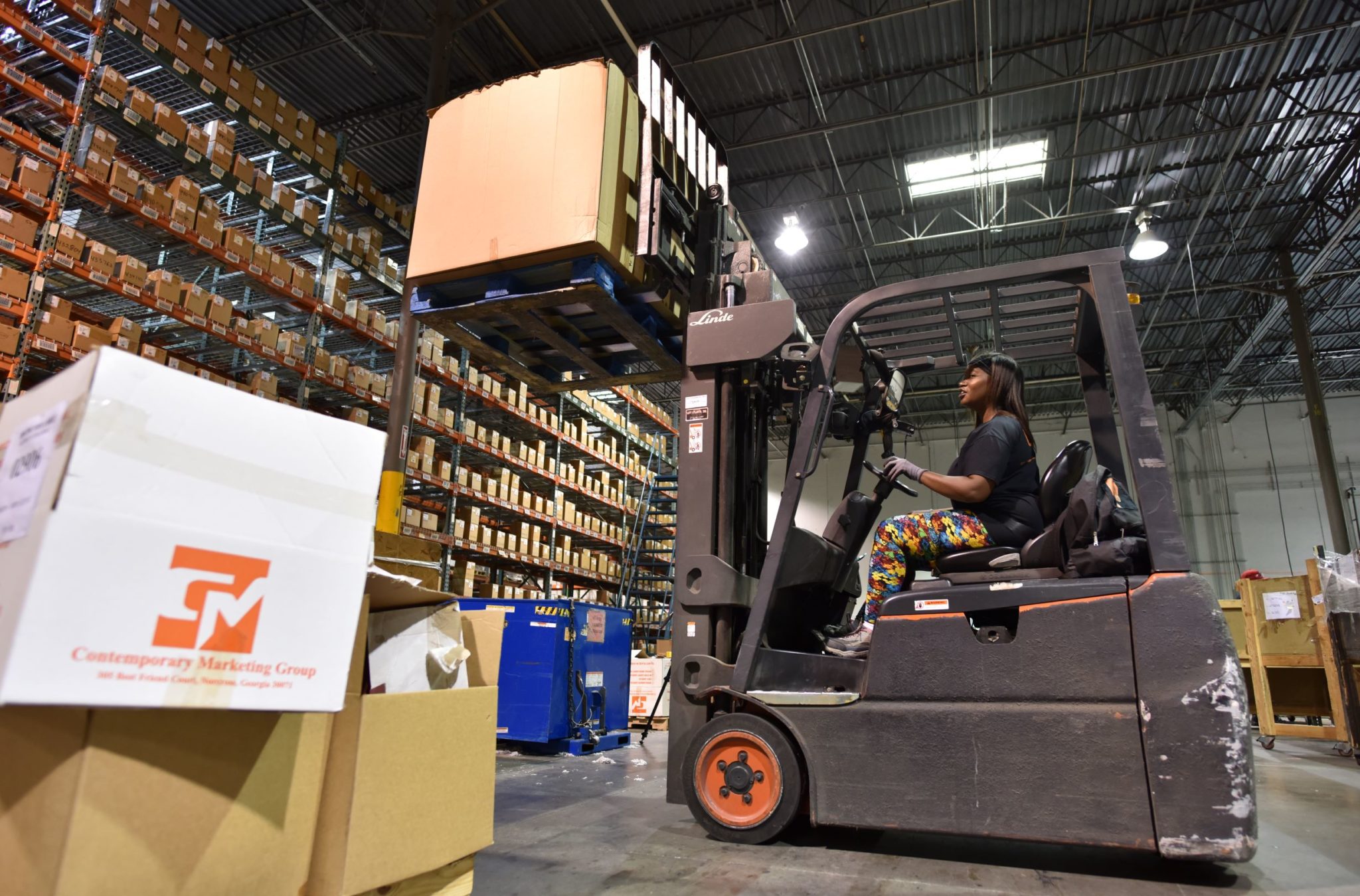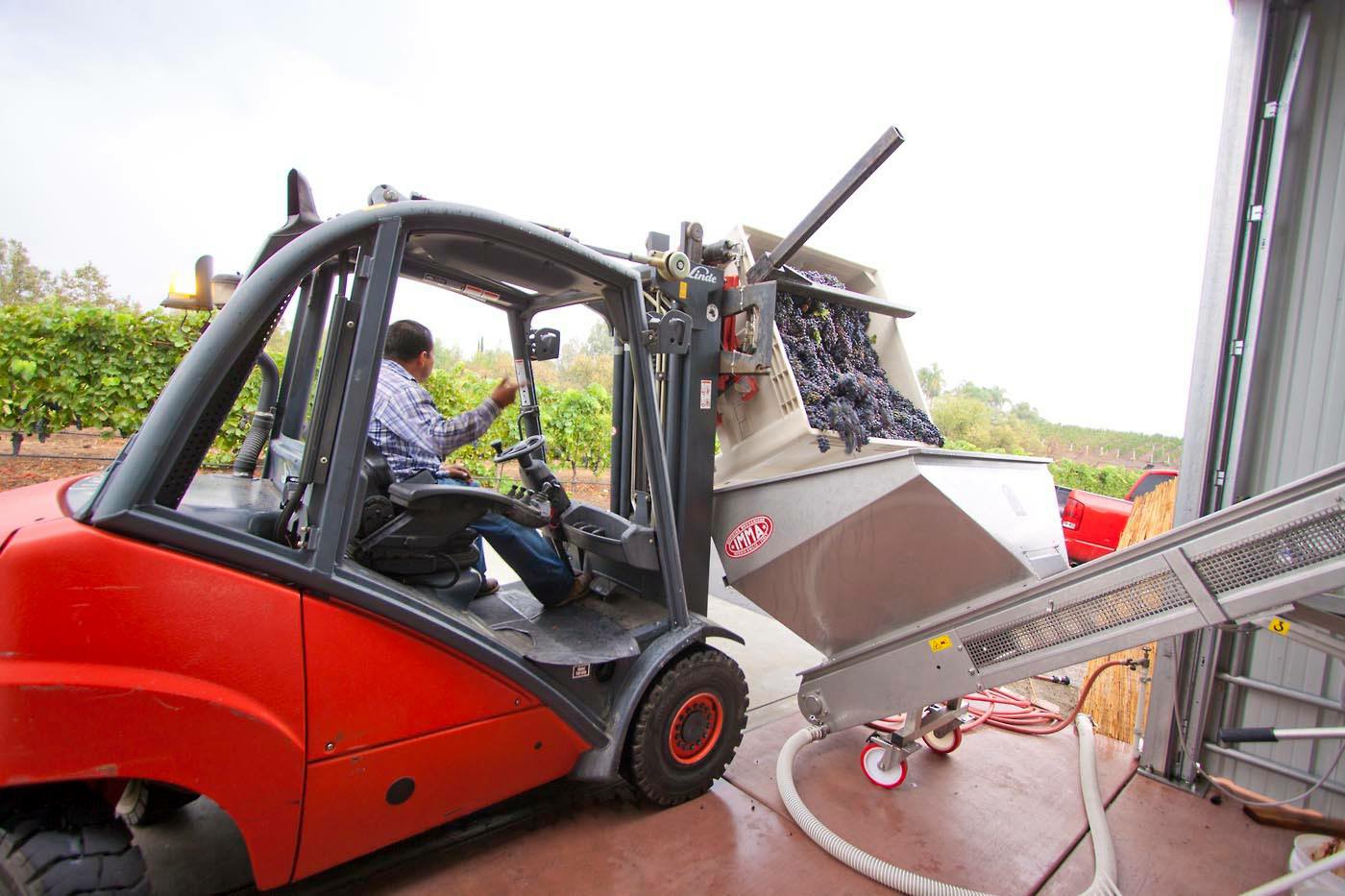A forklift operator must always be considerate and aware of the dangers that can come with lifting, loading, and unloading materials. Hazards, blindspots, damaged floors are just a couple of safety concerns that can affect how effectively an operator can properly handle a load. To avoid injuries and maximize productivity, here are some tips that all of your machinists should be utilizing when operating forklifts.
While Loading
You want to ensure these things while you are still loading your goods.
- Make sure that the load weighs within the forklift’s capacity weight; It is not advised to carry a load that exceeds a forklift’s weight
- For even distribution and stability, spread forks as wide as possible
- Use the proper lift fixture for your load. Lift fixtures can include timber grippers, drum clamps, hydraulic scoops, etc. The correct lift fixture will make loading materials much easier and less time consuming
- It is best to approach position and insert the forks into the load from a squared angle; this will help to minimize any damage
- Ensure that the load is as stable as possible; If the load seems unbalanced, drive the forklift with the heavier side facing towards you
While Carrying
Now that you have successfully loaded your materials, here are some tips to follow when carrying the load.
- Always keep the forklift 6 to 10 inches above the ground. This helps to avoid any potential hazards
- Be aware of your environment, especially if the floor is damaged or if you are going up/down a ramp
- If you have stacked the load too high and is blocking your vision, travel in reverse. It is also advised to have a spotter to increase visibility as well
- If you are going up a ramp, move forward. If you are going down a ramp, move in the reverse direction
- Do not speed
While Unloading
You have successfully transported the load to its correct area. Here is how you successfully unload it to minimize possible damage.
- You should also unload your load from a squared angle
- Check your surroundings to ensure the load will be safe and secure
- Allow at least 2 to 3 inches of clearance space
- Move slowly, tilt the load forward, then lower
- When you feel comfortable, lower the load 2 to 5 inches off of the floor if the floor is flat. If the floor is not flat or leveled, lift the forks higher to sustain a proper delivery


